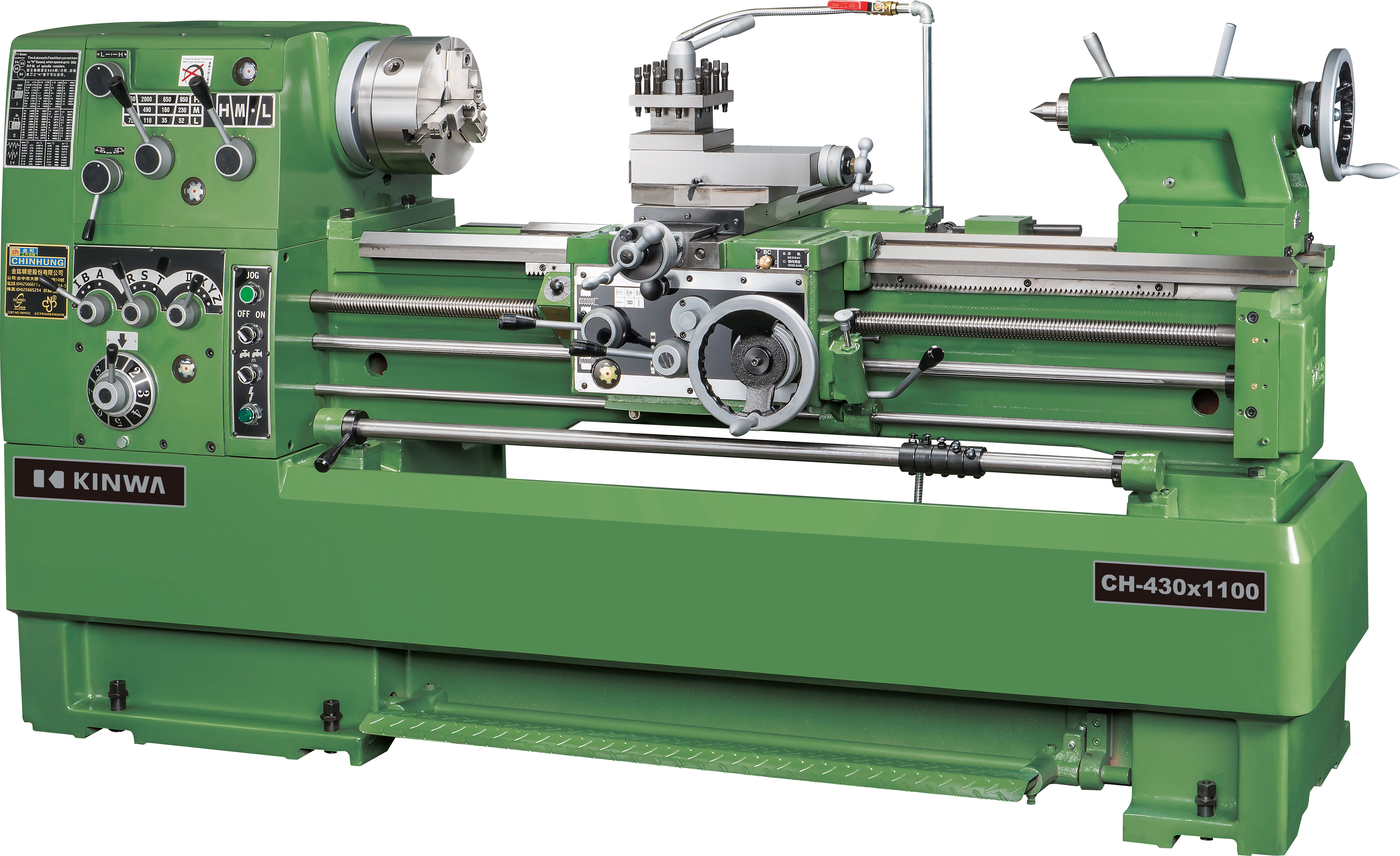Heritage Craftsmanship and Technological Charm: The Outstanding Role of Traditional Lathes in Modern Manufacturing
Amidst the tide of advanced technology in today's manufacturing industry, traditional lathes have emerged as a captivating craft. Despite the gradual rise of CNC lathes, the unique heritage craftsmanship and technological allure of traditional lathes remain undeniable. Through the manipulation of mechanical handwheels and manual operations, traditional lathes demonstrate exceptional turning and threading capabilities, solidifying their position as an excellent choice for processing rotationally symmetric components.
1. Exquisite Craftsmanship:
Operating traditional lathes demands proficient artisanal skills, precise tool manipulation, and an abundance of professional knowledge. Leveraging the finesse of mechanical handwheel manipulation, workpieces gracefully rotate on the spindle, while the toolholder is manually adjusted by the operator for precise cutting. This intricate manual operation imbues each processing step with an artistic significance, ensuring the precision and quality of the finished product. The synergy between artisans' dexterity and extensive experience makes the traditional lathe a tool for crafting art.2. Fusion of Tradition and Modernity:
Despite the clear advantages of automation and efficiency held by CNC lathes, the flexibility and adjustability of traditional lathes continue to attract customers with unique processing requirements. For non-standard-shaped components, traditional lathes offer adaptability, rendering them the unparalleled choice. This fusion of traditional and modern technology enhances the competitive edge of traditional lathes in the market.3. Heritage and Technological Allure:
With a history spanning centuries, traditional lathes have witnessed the passing down of techniques through generations. The allure of inherited craftsmanship is deeply embedded in the fabrication of every component, and each operation pays homage to history and continuity. The preservation of craftsmanship is not merely a technical continuation but also the perpetuation of past wisdom, allowing historical value to shine in the modern era.4. Enhancing Product Quality:
For certain specialized components, traditional lathes remain indispensable. In sectors like aerospace, medical, and high-precision instrument manufacturing, traditional lathes offer heightened accuracy and surface quality during machining, ensuring products meet the highest quality standards. This advantage in exceptional quality positions traditional lathes as indispensable players in critical fields.5. Future Outlook:
Despite the pressures of competition from CNC lathes, traditional lathes are far from obsolete. Craft enthusiasts and artisans still uphold the traditional lathe as a precious tool, viewing it not only as a manufacturing device but also as a revered asset. Looking ahead, traditional lathes are poised to seamlessly integrate with CNC lathes and other modern machining technologies, unveiling new possibilities. The future of traditional lathes is poised for diversity, evolving into a masterpiece that intertwines modern technology and ancient craftsmanship.In summary, traditional lathes embody not only the inheritance of craftsmanship but also an inexhaustible technological allure. Their exceptional role in the modern manufacturing industry will continue to be vital as times evolve. Whether as a testament to the past or a revelation of the future, traditional lathes will persist in guiding the development of manufacturing, scripting a new chapter in the legend of craftsmanship. Let us collectively witness the resplendence of this remarkable skill in the future!






